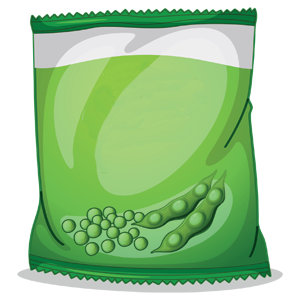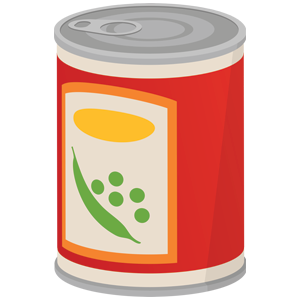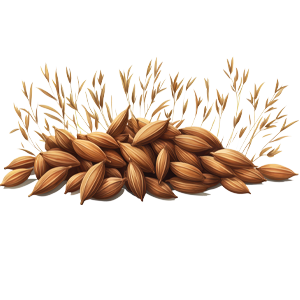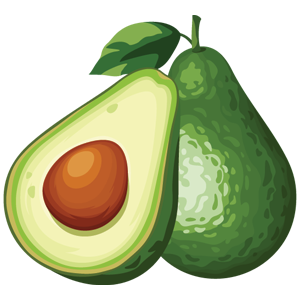Find a Cardiologist
Six Heart-Healthy Foods to Always Have on Hand
Be your own culinary heart hero in the kitchen by keeping your refrigerator, freezer and pantry stocked with healthy staples that can be used for almost any meal. Add these versatile items to your next grocery list, and you’ll have the ingredients you need on hand to prepare and give every meal a heart-healthy boost.
Frozen Fruit and Vegetables When it comes to vitamins and minerals, frozen fruit and vegetables are on equal footing with fresh produce. Stock your freezer with these nutritious commodities and you’ll always have a healthy ingredient to add to your smoothies, soups, salads, sauces and baked goods. |  |
Canned Beans Your heart health? It’s in the can – of beans, high in both fiber and protein. Look for options with no salt added or reduced sodium, such as kidney, black, pinto or garbanzo beans, and then go for it. Beans can be added to soups, chili, tacos, green salads, dips and even used as a baked potato topping. |  |
Whole Grains Keep whole grains in the house and you’ll always have a meal base that mixes and matches with almost anything. High in fiber, whole grains–such as pasta, brown rice or oatmeal–can help lower your risk of heart disease and help you feel full, which means you’ll be satisfied with fewer calories. |  |
Fish A good source of protein and omega-3 fatty acids, fish–especially Alaskan salmon, trout and albacore tuna–is consistently linked to a lower risk for cardiovascular disease. While fish is perfectly capable of standing alone as an entrée, it also does a great job as a team player in pasta, salads, tacos and more. |  |
Avocados Did you know that eating two servings of avocados lowers your risk of heart disease? The health benefits of this superfood–and there are many–also include lowering cholesterol and reducing blood pressure. The main ingredient of guacamole, avocados, is delicious eaten alone, on toast, in soups, salads, sushi or with eggs. |  |
Yogurt A jack-of-all-trades, yogurt can not only substitute for milk, heavy cream, sour cream and cream cheese, but also marinate chicken, dress up salads, serve as a dip and so much more. When buying yogurt, skip the nonfat and reduced fat and go for the full-fat, which is highly nutritious and may actually protect against heart disease. |  |
On a budget? Buy a few of these items each trip to the market and before you know it, you’ll have a well-stocked kitchen, a satisfied stomach and a thankful heart.

